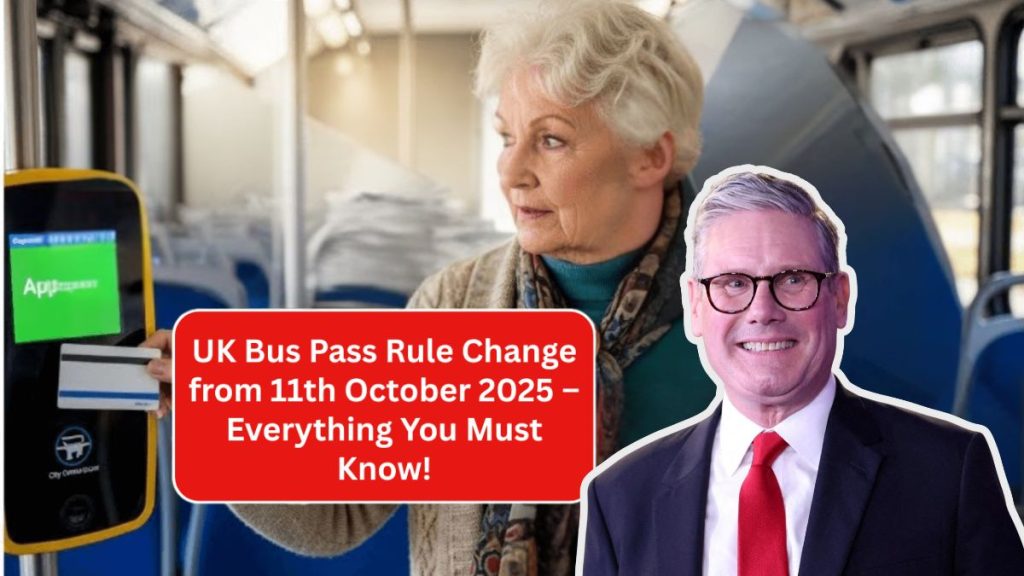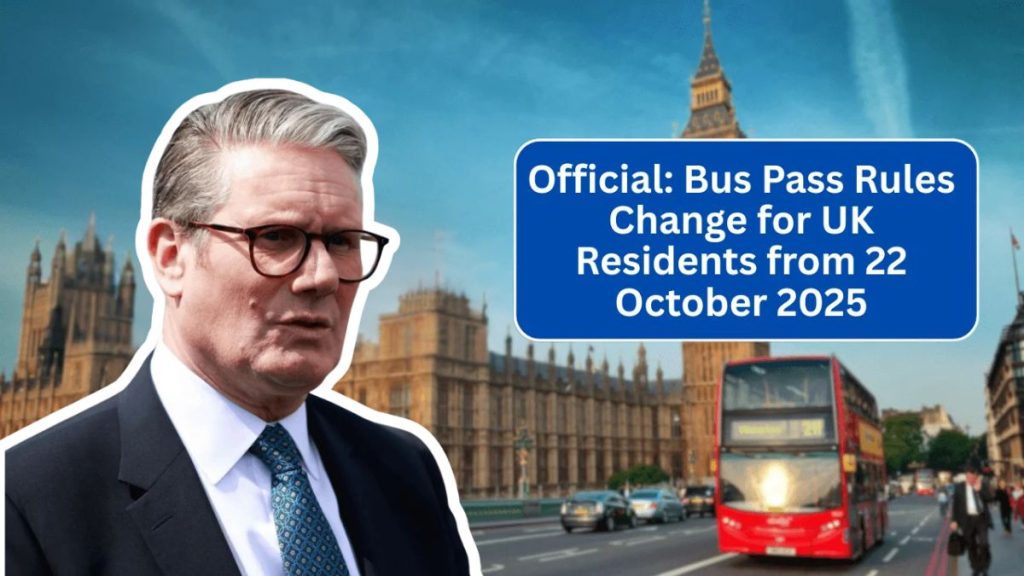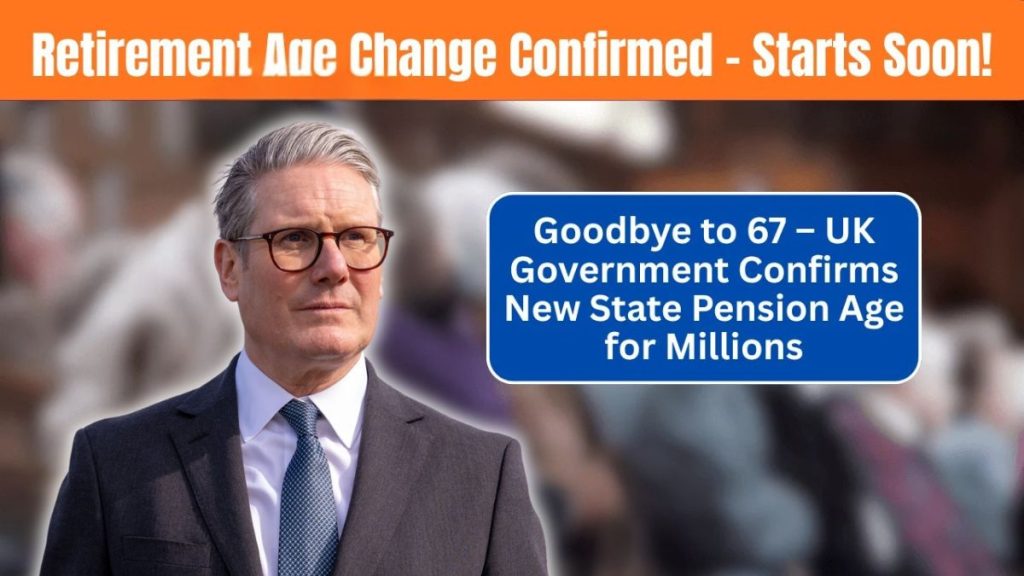The UK Government has officially announced a nationwide minimum wage increase that will take effect on 24 October 2025, impacting millions of employees across every sector. The move aims to help workers cope with inflation, boost financial stability, and reward those who have been driving the nation’s economic recovery.
The new rates will apply to all workers — from full-time and part-time employees to apprentices and young workers — marking one of the most comprehensive wage reforms in recent years.
Government’s Goal: “A Fair Wage for Hard Work”

According to the Department for Business and Trade, the wage rise is part of a long-term plan to ensure fair pay across the workforce and improve living standards amid rising costs.
Officials said the decision reflects both strong employment data and the government’s pledge to align pay with the real cost of living. The adjustment follows recommendations from the Low Pay Commission (LPC), an independent body that reviews minimum wage levels annually.
New Minimum Wage Rates from 24 October 2025
Here’s the full breakdown of the updated hourly rates:
- Aged 23 and over (National Living Wage): £12.20 per hour
- Aged 21–22: £11.40 per hour
- Aged 18–20: £8.90 per hour
- Under 18: £6.80 per hour
- Apprentices: £6.50 per hour
This marks one of the largest across-the-board increases in recent history, with apprentices and young workers seeing the highest percentage gains.
Why the Wage Rise Matters Now
The announcement comes amid growing economic pressure on working households. With food, rent, and energy prices continuing to rise, millions of families have struggled to keep pace with inflation.
By raising the minimum wage, the government hopes to:
- Reduce in-work poverty and improve disposable income.
- Encourage workforce participation and job retention.
- Support small businesses indirectly through increased consumer spending.
A government spokesperson said:
“Every worker deserves a fair day’s pay for a fair day’s work. This increase recognises the vital contribution of millions who keep the UK economy strong.”
Impact on Workers: A Real Pay Boost
The wage hike will mean a noticeable improvement in take-home pay for millions of workers. For example:
- A full-time employee aged 23 or over working 37.5 hours a week will now earn over £23,700 per year, up from around £21,800 previously.
- Younger workers aged 21–22 will see weekly pay rise by around £30–£35, easing day-to-day financial strain.
- Apprentices, who have historically been the lowest earners, will gain roughly £20 more per week, helping cover training and living expenses.
Workers’ unions and labour groups have hailed the increase as a major step forward in tackling wage inequality.
Effects on Businesses and Employers
While employees welcome the boost, businesses — particularly small and medium-sized enterprises (SMEs) — will face the challenge of adjusting to higher payroll costs.
For Employers, the Changes Mean:
- Increased wage bills, especially in low-margin sectors.
- The need to update payroll systems and contracts before the deadline.
- A chance to improve employee morale and retention, reducing turnover costs.
Employers who fail to comply with the new rates risk fines and public naming by HMRC.
Economists suggest that, despite short-term challenges, fairer pay will yield long-term benefits such as higher productivity, lower absenteeism, and stronger consumer confidence.
Key Sectors Most Affected
The rise in minimum wage will have the greatest impact on industries that traditionally employ large numbers of lower-paid workers. These include:
- Retail and supermarkets
- Hospitality and catering (restaurants, pubs, and hotels)
- Social care and healthcare support roles
- Cleaning, security, and maintenance services
Many of these sectors are already facing recruitment shortages, and experts believe higher pay could help attract new talent and reduce turnover.
Government’s Statement and Economic Outlook
The UK Government says the 2025 wage rise is part of its wider economic vision for a “high-wage, high-skill, and high-productivity” Britain.
In an official statement, the Chancellor of the Exchequer said:
“This rise is proof of our commitment to making work pay. It rewards the people who power our economy — and supports working families during challenging times.”
The Treasury believes the wage hike will help stimulate economic growth through stronger consumer spending, particularly in local communities.
How the Increase Affects Apprentices
Apprentices across the UK are set to gain significantly from the new rules.
The new minimum rate of £6.50 per hour ensures that young trainees are better compensated for their contribution while learning practical skills.
The government hopes this will:
- Encourage more young people to take up vocational training.
- Support employers in building skilled, long-term workforces.
- Reduce financial barriers to apprenticeships in high-demand industries like engineering, health, and technology.
What Employers Should Do Before October 2025
To ensure compliance and avoid penalties, employers should take several proactive steps ahead of the change:
- Review all employee pay rates — especially for younger and part-time staff.
- Update payroll systems to reflect new rates automatically from 24 October 2025.
- Communicate changes to employees in writing to ensure transparency.
- Plan for budget adjustments, especially if operating with tight margins.
- Seek advice from HR or payroll professionals if unsure about the new requirements.
Employers found underpaying staff after October 2025 may face back-pay demands, fines, or enforcement actions from HMRC.
Wage Rise and Inflation — Finding the Balance
While the pay increase will improve living standards for millions, some analysts warn of potential inflationary pressure if businesses pass higher costs to consumers.
However, most economists agree the benefits outweigh the risks. Higher wages reduce dependence on government benefits, increase tax revenues, and can strengthen the UK economy overall.
In effect, the rise creates a cycle of positive economic growth: better pay leads to more spending, which drives business growth and job creation.
Public and Industry Reactions
The announcement has been met with strong support from workers, trade unions, and social groups.
Frances O’Grady, a spokesperson for the Trades Union Congress (TUC), said:
“This pay rise will make a real difference for millions of hard-working people who have struggled to keep up with rising bills. It’s a win for fairness and dignity in work.”
At the same time, business groups such as the Federation of Small Businesses (FSB) have urged the government to consider temporary tax relief or support grants for smaller employers adjusting to the changes.
Despite mixed opinions, both sides agree that the long-term goal of fair pay and sustainable employment is vital for a resilient economy.
Long-Term Government Plans
The 2025 increase aligns with the government’s roadmap to ensure that the National Living Wage reaches two-thirds of median earnings by 2030.
Officials say this will gradually eliminate low pay across the UK, improve equality, and strengthen public trust in the labour market.
In addition to wage rises, future policy priorities include:
- Expanding vocational training and apprenticeships.
- Promoting productivity improvements through innovation.
- Strengthening employment rights and protections.
What This Means for Everyday Workers
For many UK workers, the October 2025 pay rise is not just about higher hourly rates — it’s about recognition and respect.
From shop assistants and hospitality staff to healthcare aides and young apprentices, millions will see their hard work valued more fairly.
The increase could also encourage thousands of part-time workers and jobseekers to re-enter the workforce, giving the UK economy a boost amid ongoing labour shortages.
Preparing for the Future
With the new rates taking effect in just under a year, both employees and employers should start planning now.
- Workers should track their payslips closely to ensure the correct rate applies after 24 October 2025.
- Employers must keep accurate payroll records to avoid compliance issues.
- Jobseekers and apprentices can look forward to better pay opportunities in entry-level roles.
As the government continues to emphasise a “work-first” economic model, this wage increase marks an important milestone in its mission to build a fairer, more prosperous Britain for all.
Frequently Asked Questions (FAQs)
1. When will the new minimum wage take effect?
The updated minimum wage and living wage rates will come into effect on 24 October 2025.
2. What is the new National Living Wage for 2025?
For workers aged 23 and above, the National Living Wage will increase to £12.20 per hour.
3. Will apprentices and younger workers benefit too?
Yes. Apprentices will earn £6.50 per hour, and those aged under 21 will see significant pay increases as well.
4. Do part-time workers qualify for the new rates?
Absolutely. The wage rise applies equally to full-time, part-time, and casual workers.
5. What happens if an employer doesn’t comply?
Employers who fail to pay the correct rate can face fines, legal action, and public naming by HMRC.





















